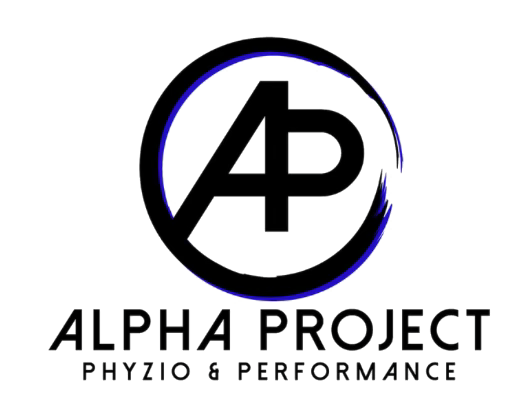Running and the Pelvic Floor!
What does the pelvic floor have to do with running? The pelvic floor is an important stabilizing factor for the pelvis and core when running. The pelvic floor has to be able to withstand the impact of running and have the strength and mobility to function properly.
There are different reasons the pelvic floor may not be functioning properly while running. One reason is insufficient hip strength causing increased stress on the pelvic floor muscles. Another reason is postpartum women who have weakness in their pelvic floors after giving birth. Another reason is too much tension in the pelvic floor muscles resulting from conditions including endometriosis, pelvic pain, and high stress levels.
Whatever the reason for pelvic floor dysfunction, there are some common ways that it will manifest when running.
Leakage: some runners experience urinary or fecal leakage with running. This can happen if the pelvic floor muscles do not have the strength to sustain the impact of running. This can also happen due to muscle tightness in the pelvic floor as the muscle is not pliable enough to absorb the load of impact.
Tailbone pain: some runners experience tailbone pain that can worsen throughout a run. The coccygeus muscles are part of the pelvic floor and they attach to the tailbone from the pelvis. These muscles can become stressed and tighten up if the body is not prepared for running.
Low back or hip pain: Having low back or hip pain with running can be a sign of pelvic floor muscle dysfunction. The core and hips work together with the pelvic floor to manage pressure and impact inside the body.
There are many factors that can contribute to pelvic floor dysfunction when running. It is important to look at all these factors as your body functions as a whole. If you have leakage, tailbone pain, low back pain, or hip pain from running and are ready to solve your problem, reach out to us and speak with one of our Maryland pelvic floor physical therapists today!

